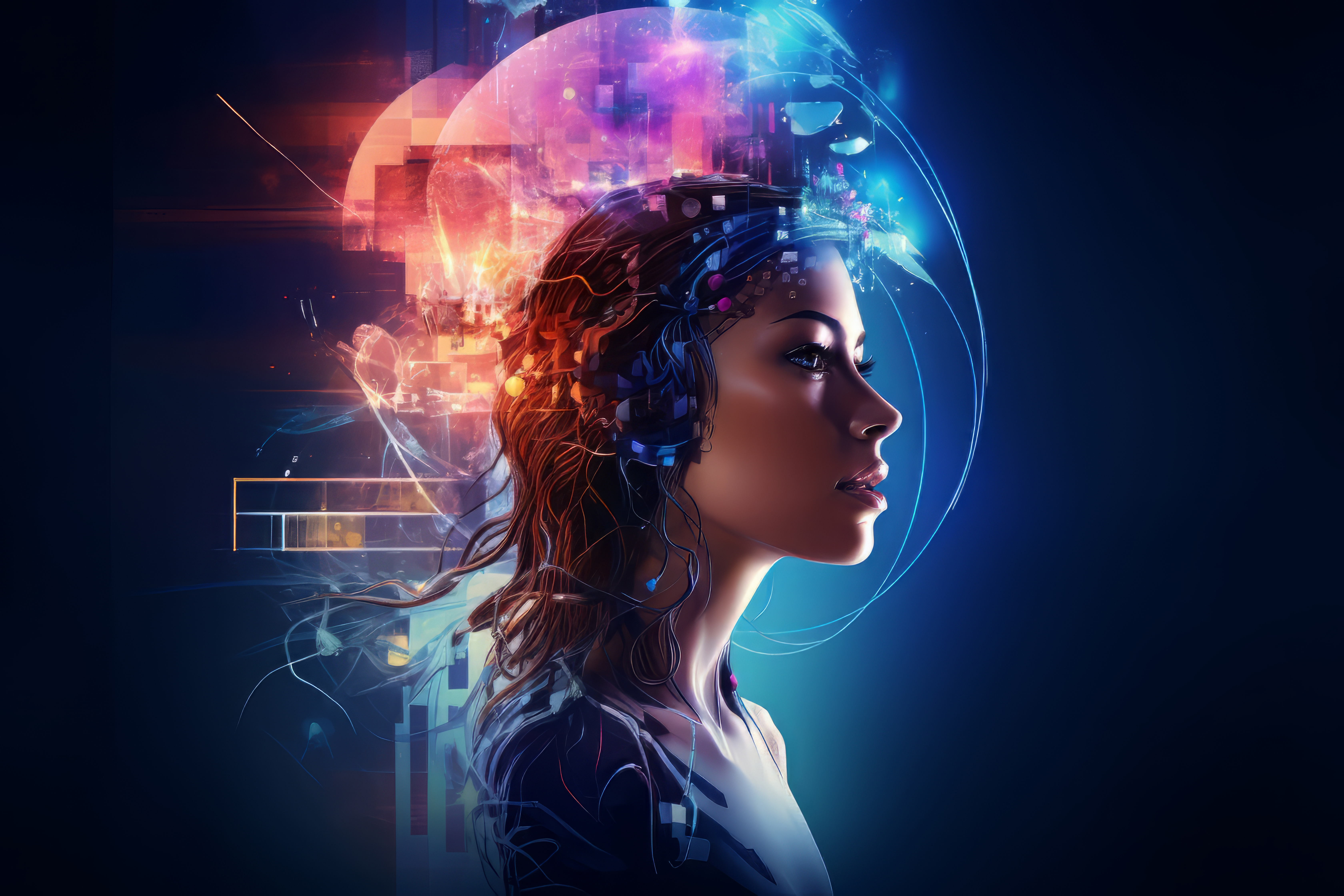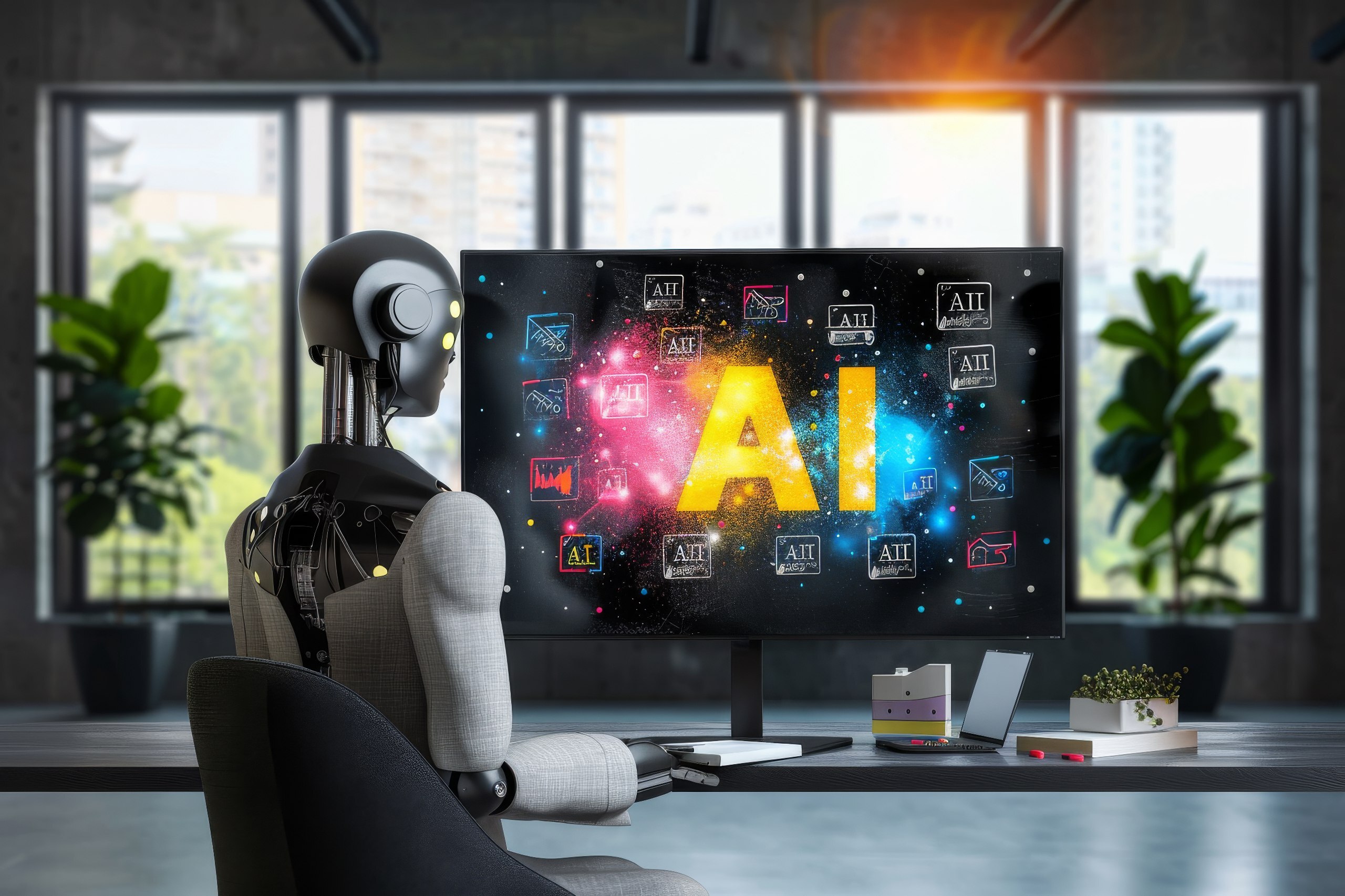In a world where the inclusion of artificial intelligence in every sector is increasing day by day, people are expecting more superficial forms and advancements in this field.
Do you know that AI has its types based on its capabilities? It would be a surprise for you that the widely used AI software today, like Chat GPT, Gemini, speech and image recognition, or any form of AI that you use in your daily life, are weak AI; the first form of AI, and more superficial forms are yet to be discovered. Here’s a breakdown of types of AI:
Depending on the capabilities, AI is divided into three forms:
- Artificial Narrow Intelligence (ANI), also called Weak AI
- Artificial general intelligence (AGI), also called Strong AI
- Artificial Super Intelligence (ASI), also called Super AI
While narrow AI is already being used in one manner or another, humankind is on its way to exploring the possibilities of strong AI and super AI. In this blog, we will discuss one of the superior forms of AI, Artificial General Intelligence (AGI) or Strong AI.
Table of Content
What is AGI?
Artificial general intelligence (AGI), or strong AI, is a hypothetical form of AI that has not yet been fully discovered. While blurring the line between human intelligence and artificial intelligence, it has a full set of human cognitive abilities, including creativeness, abstract thinking, common sense, and so on. The AI we use today is trained to do tasks of a specific sector and lacks sense, intellect, and abstract thinking like human beings. All of these shortcomings, in combination with some advanced features, would contribute to the functioning of AGI.
Before diving in, let us understand the difference between ANI (the AI we use today), and AGI.
Artificial Narrow Intelligence v/s. Artificial General Intelligence
To begin with, it is pertinent to mention that artificial intelligence is a bigger picture while ANI and AGI are subparts of it.
Most of the AI software that is being used today is a form of weak AI or ANI, while strong AI or AGI has yet to be explored as much. However, with the development of AGI, the AI industry will take a boost, and the future technological world we imagine will finally become a reality.
Below is the table showing the difference between ANI and AGI:
| Feature | Artificial Narrow Intelligence (ANI) | Artificial General Intelligence (AGI) |
| Scope of Capability | ANI can perform a narrow range of tasks in a specific domain it is designed for. | AGI can perform several tasks belonging to different domains. |
| AI Algorithm | It is pre-programmed to carry out specific tasks. | Its operating system allows it to learn on its own. |
| Learning & Adoption | It depends on programming for any updates. | It has the ability to adapt to new environments and learn new habits. |
| Awareness | It does not have any kind of awareness. | It is self-aware as well as aware of its surroundings. |
| Examples | AI chatbots, recommendation systems | Theoretical concept until it revolutionizes the current landscape of AI. |
Imagine an AI model that creates stunning art, senses the world like humans, performs delicate surgeries with perfect skill, and has deep, meaningful conversations. That’s AGI for you!
Types of AGI
For the development of AGI, researchers are constantly working on bringing the idea of artificial general intelligence to reality:
Symbolic AI
Symbolic AI can use logic in a way that is similar to human logical reasoning ability. It works by manipulating the symbols and logic to represent logic and reasoning. ELIZA, an AI that mimicked psychologists, and MYCIN, an expert system used for medical diagnosis, are some great examples.
Connectionist AI ( Artificial Neural Networks)
Artificial neural networks mimic the functioning of the human brain and enable AI to solve complex problems. They have a bunch of different nodes present in layers interconnected to each other to pass information.
Artificial Consciousness
Artificial consciousness is the theoretical concept of putting the human ability of awareness and self-awareness into machines. This refers to developing systems that can understand and respond to the environment.
Whole Brain Emulation
This area refers to developing a 360-degree computer simulation of the human brain. By mimicking the structure and function of the human brain, intelligence, and consciousness will emerge in machines.
Embodied AI and Embodied Cognition
This refers to having artificial intelligence embedded in a physical body. Behind this concept is the idea that the system must interact, experience, and learn through the physical body to achieve a true form of intelligence.
What are the Capabilities of AGI?
Artificial intelligence has far more capabilities than AI, and here we will discuss some amazing features AGI would hold:
Creative
AGI can develop new ideas and solutions and produce art by using human levels of creativity.
Sensory Perception
Like human beings, which means that they would be able to feel, smell, taste, see, and hear the simulations in the physical world around them.
Fine Motor Skills
It would consist of the precision and control of small movements and actions by AGI, enabling it to handle delicate tasks requiring detailed and accurate manipulation.
Natural language Understanding (NLU)
In combination with natural language processing (NLP), AGI would also have NLU, which means it would be able to understand the context behind human-like conversations.
Navigation. Like humans, AGI can use GPS to navigate itself from one place to another.
The Way Forward
The development of artificial general intelligence is like a dream for AI enthusiasts, and the potential it holds in revolutionizing the ongoing scenario of artificial intelligence is beyond human expectations.
The future of artificial general intelligence is both exciting and uncertain. As AI systems continue to advance, the potential for machines to achieve human-level cognitive abilities across a wide range of tasks seems closer. Experts debate the timeline for AGI development, with estimates ranging from decades to centuries. When achieved, AGI could revolutionize fields like scientific research, healthcare, and space exploration, potentially solving complex global challenges. However, AGI does raise ethical and existential concerns, and we must be aware of the risks that may arise with the development of this dynamic form of AI. There can be loss of jobs, humanity, increased discrimination, biasedness, and many more hazards that must be kept in thought while looking forward to the advanced future having AGI. The economic and social impacts of AGI could be profound, possibly reshaping labor markets and societal structures. As research progresses, interdisciplinary collaboration between AI scientists, ethicists, policymakers, and other stakeholders will be vital in taking AGI development towards positive outcomes. The journey towards AGI promises to be a defining technological endeavor of our time, with far-reaching implications for the future of humanity.
If you are looking to develop advanced AI solutions to grow your business, Look no further because Build Future AI is your final destination to enter the fascinating world of AI. Our AI solutions can beat one of the best AI software present in the market.




